When I first heard all the hype surrounding biochar, it was hard for me to believe that a material that looked as simple as charcoal could be the solution to some really serious issues. Biochar may be overlooked as simple pieces of charcoal, but don’t let its humble appearance fool you.
From biochar’s ability to sequester carbon out of the atmosphere and back into the ground to its nutrient absorption and storage properties, biochar has the potential to ensure soil fertility for millennia.
What Is Biochar?
Biochar is essentially a form of charcoal that is made from the burning of organic matter (crop residues, wood chips, green wastes) with little to no oxygen. This happens through a process called pyrolysis. Burning organic wastes produces oil, gas, and charcoal. Ancient cultures have been using charcoal in agriculture for thousands of years, but it wasn’t until very recently that the use of charcoal in agriculture was coined the term “biochar.”
https://www.instagram.com/p/BXdaJvklerv/
When the organic matter is burned and charred, the material that it produces is very porous and fine-grained, which is extremely important for a variety of reasons.
Biochar can be effectively created at home in a pit, self-made kiln, or produced by expensive machines. The quality of biochar can range from the charcoal made in a bonfire, to charcoal that is developed using a professional kiln that burns it at the perfect temperature and keeps the material away from all oxygen.
Many biochar systems can use the oil and gases produced by the combustion of the organic matter to fuel the whole process, thus relying on no other external energy source. While the quality of biochar is related to its effectiveness, there are methods of making biochar in cylinder pits, using no metal machines, that still keep out oxygen to prevent the charcoal from combusting and turning into ash.
To learn methods of making biochar, view the links below:
- How To Make Biochar With Only A Match, Pacific Biochar
- Make Your Own BioChar and Terra Preta, Instructables
Benefits Of Biochar
There are a variety of benefits associated with using biochar as a soil amendment. Ideally, these benefits lead to higher levels of fertility in your soil.
Nutrient Absorption
Water and air are primary elements that contribute to the loss of nutrients in soil. In places where there is heavy rainfall, nutrients like calcium and phosphorous are easily lost through groundwater leaching where they are carried away from plant’s roots and soil surfaces by running water.
Many of the nutrients that are essential for the health of plants exist in the form of cations, which hold a positive electric charge. Since carbon is negatively charged, the cations are attracted to the carbon structure like a huge magnet. Carbon plays an essential role in the process of soil holding onto cations. Using carbon allows the nutrients to stay on the surface of the soil where they are available for plants.
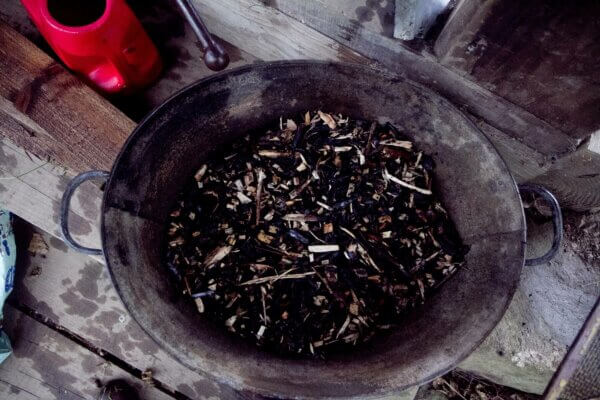
The capacity to which soil can hold cations is referred to as the Cation Exchange Capacity. Biochar counteracts the effects of nutrient leaching by increasing the cation exchange capacity of the soil. Certain types of Biochar even have the capability of absorbing nutrients of negative charge, called anions. Essentially, biochar has incredible abilities when it comes to the absorption of nutrients, and as an effective solution to prevent nutrient leaching.
These same nutrient absorption properties of biochar can also be used to contain conventional fertilizers. This prevents pollution and reduces the need for an overabundance of these chemicals. When conventional fertilizers come into contact with biochar, the charcoal will hold onto these dangerous chemicals. By absorbing and storing them, the biochar prevents the chemicals from flowing through the soil and into our watersheds where they enter fragile ecosystems.
Water Retention
Biochar can be a useful tool in sandy soils where water is easily lost. Along with it’s nutrient absorption abilities, biochar also has amazing water retention properties. The biochar’s porous texture acts as a sponge, keeping water reserved in the surface of the soil to be used by plants at any time. This can be a game changer in environments where water is easily lost by giving your plants the upper hand in soils with water drainage issues.
Increased Microbial Health And Protection
Perhaps one of the most interesting benefits biochar has is providing a home for microbial communities. The microscopic pores can provide perfect “condominiums” for beneficial microorganisms. These pores can be the perfect size for microbes to live with access to air and water. Biochar has been found to increase the functional diversity of microorganisms, as well as their metabolic activity in certain soil types.
https://www.instagram.com/p/BWmu2bzlMKs
Biochar also provides safe refuge for microbes experiencing harsh environmental conditions, while also providing a more habitable space for their numbers to proliferate. The type of biochar and soil environment are factors that are vitally important to how the char will affect the soil microbiota, so don’t count on the leftover charcoal from a bonfire to have specific benefits for the microbes in your soil.
Carbon Sequestration
Not only does biochar nourish the health of our soil, but just the very act of making biochar sequesters carbon into the ground instead of it’s alternate path of being turned into CO2.
Since charcoal is pure carbon, it stays stored in the earth for thousands of years until it turns into a diamond. This tips the scale of human influenced climate change, encouraging practices that are carbon negative.
History Of Biochar
Biochar is as ancient as the first charred tree that dropped it’s charcoal to the ground. Just as biochar has been used by the ecosystem for billions of years, biochar remains ancient in human practices as well. One such civilization can be found in the Amazon around 2,000 BC.
https://www.instagram.com/p/BXQb0zVAsnS/
For a long time it remained a mystery how ancient Amazonian societies could have established large civilizations given the amount of soil nutrients that were available in the Amazonian region. It wasn’t until extremely fertile black patches of soil reaching 6-8ft in height were found in these areas, dating back to 2,000 BC, that this mystery finally started to unravel.
The parcels of extremely fertile land provided the realization that Amazonian peoples were increasing the carrying capacity of their civilizations in direct correlation to when they started to integrate charcoal into their agricultural lands.
When societies started using charcoal as a soil amendment, they developed higher levels of soil fertility that enabled higher populations. These soils, called “Terra pretta,” still exist and provide higher amounts of fertility than the surrounding areas without Terra pretta soil.
How To Activate Biochar
Biochar’s nutrient absorption properties can be harmful to soil and plants for the first few years if you are using plain charcoal. Biochar has such a high nutrient capacity that it acts as a sponge, collecting all of the nutrients around it. Unchecked, this can lead to stunted plants and infertile soils. However, after a few years the biochar will have absorbed enough nutrients and will have been inoculated with enough microbes to develop beneficial effects. Though with the right technique, waiting a few years is not necessary and biochar can be activated with nutrients before application.
https://www.instagram.com/p/BXXad77nbUf/
The easiest way to activate biochar is by combining it with active compost and letting it age. No more than a 1:1 ratio can be used when mixing biochar with compost. This will inoculate your biochar with microbes and load it with nutrients so it won’t pull from the soil. This method is very convenient, but keep in mind that you should never have more biochar than compost.
Another recipe is available from Pacific Biochar:
Biochar Activation Recipe Instructions
- Moisten the biochar with 50% water.
- Add 0.8% fish meal
- Add 2% active compost
- Stir thoroughly
- Allow the mix to heat up
- Use the biochar once it has reached a stable temperature
In activating, it is useful to use a material that is high in nitrogen. Even peeing on biochar can serve to activate the charcoal, as it absorbs the nitrogen in your urine. There are many different methods of activating char, but make sure that you do not go over 60% water content or else it will smell bad and probably be poisonous to your plants.
Other recipes use worm castings, rock dust powder, and rice bran. These three materials can be added at different rates for different types of activated biochar, but the amount of biochar will always be at least 90% of the mixture, and the other three ingredients will make 10%.
Applying Biochar
When applying biochar, you are going to want the soil around the root zone to be 5-10% biochar. You can either till it into the soil before planting season, or mix in 5-10% of biochar in your mulch before laying it down. You can also use 5-10% biochar mixed in with potting soil for potted plants. It does not have to all be applied at once. Integrating biochar slowly might be a good idea, especially if you have no till.
Biochar will absorb any nutrient you give it, so experiment and have fun!


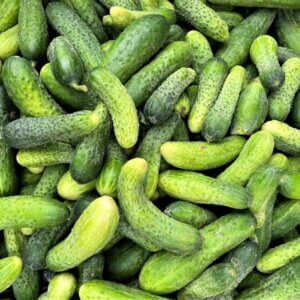







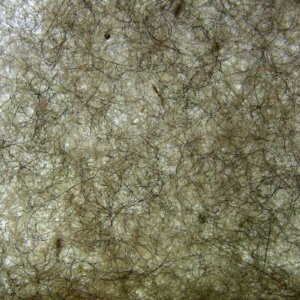




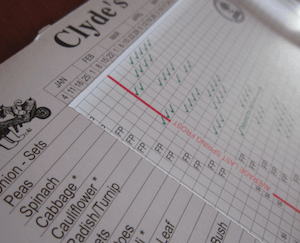

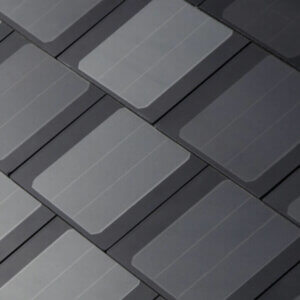





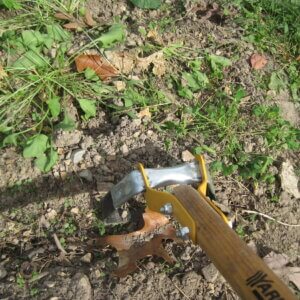

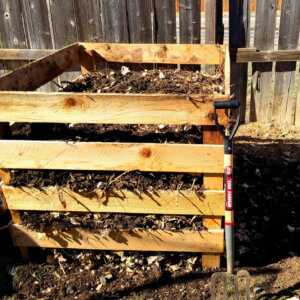


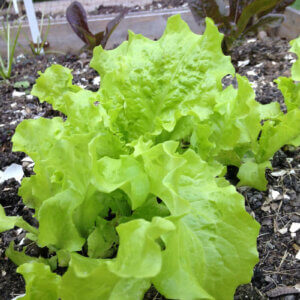





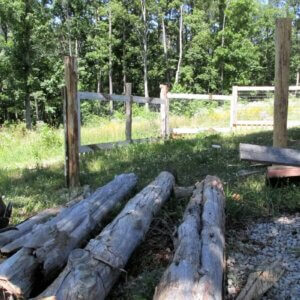

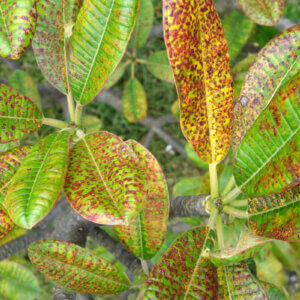




I’m hoping you can explain the difference in affect between using the recommended amount of water and too much when activating the biochar. Does it create an anaerobic state with too much water? Could you use a higher ratio if you were to incorporate the biochar into an AACT to activate it?